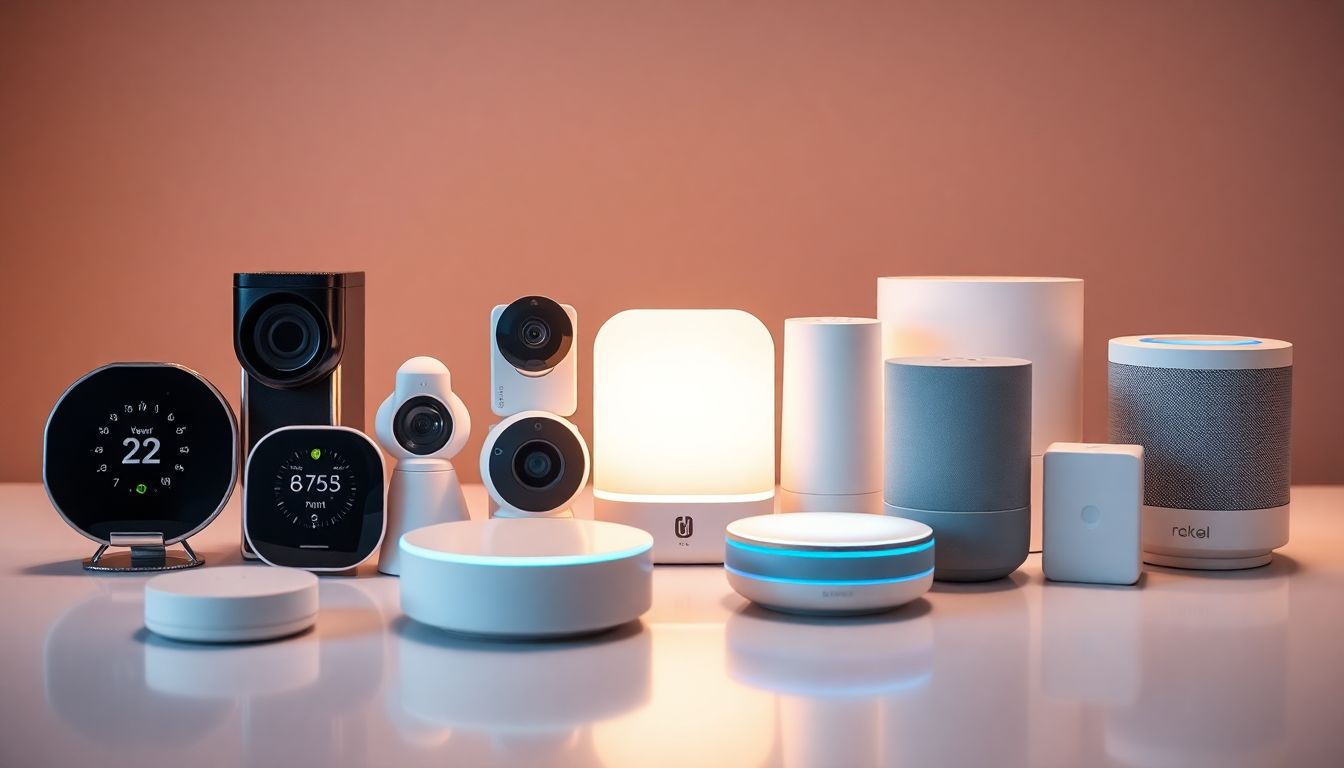
Choosing the Right IoT Devices: A Comprehensive Guide
The Internet of Things (IoT) is growing rapidly, with over 35 billion devices expected by 2025. This remarkable growth is changing how we live, work, and engage with technology. IoT can simplify daily tasks, improve safety, and enhance efficiency in diverse areas. This article will help you select the best IoT devices for your needs.
Understanding Your Needs: Defining Your IoT Goals
Identifying Your Requirements
Start by understanding the specific issues you want to address with IoT. Are you looking to enhance home security, monitor health, or automate daily tasks? Clearly defining your goals sets the foundation for your choices. Learn more about IoT
Prioritizing Features
Not all features are created equal. Focus on essential elements first, like:
- Security: Ensure devices have strong security protocols.
- Compatibility: Consider how devices will work together.
- Data Privacy: Look for clear policies on data handling.
Once the must-haves are sorted, you can consider additional features.
Budgeting for Your IoT Project
Costs can add up quickly. Assess device prices, installation costs, and ongoing maintenance. Studies show the average IoT project can range from $100 to $10,000, depending on the scope. Keep your budget tight to avoid surprises.
Exploring Different Types of IoT Devices
Smart Home Devices
Smart home tech continues to rise in popularity, with over 70% of households adopting some form of it. Common devices include:
- Smart Speakers: Control music and smart home features.
- Smart Lighting: Automate lighting to save energy.
- Security Systems: Monitor your home remotely.
Wearable Technology
Wearables are changing personal health tracking. Options include:
- Fitness Trackers: Monitor physical activities.
- Smartwatches: Receive notifications, and track health metrics.
Industrial IoT (IIoT) Devices
In industries, IoT devices improve efficiency. Examples include sensors for monitoring machinery or smart meters for energy management. A notable example is GE’s use of IoT in aviation, enhancing engine performance monitoring.
Evaluating Key Features and Specifications
Connectivity and Protocols
Consider how devices connect. Options include:
- Wi-Fi: Good for range but uses more power.
- Bluetooth: Low energy consumption, ideal for wearables.
- Zigbee/Z-Wave: Great for smart home devices, offering low power and strong mesh networking.
Data Security and Privacy
Secure devices are vital. A leading expert states, “Security should be a priority when choosing IoT.” Check for encryption standards and security updates to safeguard your data.
Power Consumption and Battery Life
Evaluate power needs, especially for battery-operated devices. A long-lasting battery can save hassle and replacement costs.
Compatibility and Integration with Existing Systems
Interoperability and Standards
Not all devices work well together. Ensure your chosen gadgets can communicate. Look for devices that support common standards for easier integration.
Integration with Existing Infrastructure
Think about how new devices will complement your existing equipment. They should work seamlessly with current setups, such as smart home hubs or existing software.
Open vs. Closed Systems
Open systems offer flexibility and scalability for future needs, while closed systems might limit options. Consider what’s best for your long-term plans.
Choosing a Reliable Provider and Ensuring Long-Term Support
Vendor Reputation and Customer Support
Research vendor reliability and customer support options. A good warranty and responsive assistance dramatically enhance your experience.
Software Updates and Maintenance
Staying updated is crucial for security and performance. Choose devices from companies that commit to regular software updates.
Warranty and Return Policies
Understand warranty conditions and return policies. If a device doesn’t meet your expectations, this can save you future headaches.
Conclusion
Choosing the right IoT devices requires careful consideration of goals, features, compatibility, and support. Start your journey into the IoT world with clear planning and informed decisions. With the IoT market projected to skyrocket in the coming years, making the right choices now can enhance your life significantly.
Be sure to check out my other posts to learn more about staying safe online and other helpful topics!